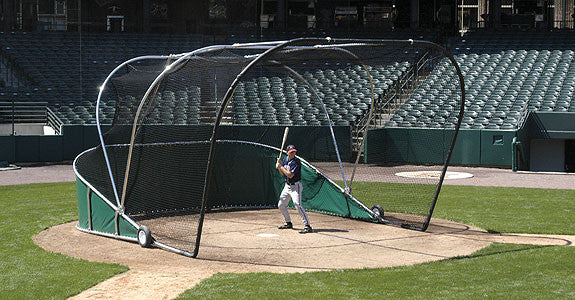Hitting the Softball Change Up July 30 2015, 4 Comments
4 Ways to Hit the Change Up
While all pitchers want to throw faster, all batters fear the Change Up!
Ask most batters what pitch they hate the most and they’ll no doubt say the Change Up. Not falling for that crazy pitch is hard so make sure you if you struggle with it then keep these 4 tips in mind.
You’d think it would be easy hitting something that goes SLOW, but that couldn’t be farther from the truth. From a batter’s point of view waiting on a change up is much harder than being quick enough to handle a pitchers speed. The problem for a batter comes when you let your weight drift forward onto your front foot before you recognize the pitch’s speed. Doing so causes you to use all her power before you uses your hands, so all you can do is swat at the ball without putting any body behind it, resulting in a pop up, a weak groundball or a swing and miss.
Before we look at the 4 methods for hitting the change up let’s talk about how to detect the speed of the pitch as soon as possible. When it comes to hitting a change up you need to Recognize It and Practice It. Start to recognize the change up by standing in during pitching practice whenever your pitchers are working on their change ups. You won’t swing, you’ll simply stand in and when the pitcher releases the ball, as soon as possible you should say either “fast” or “change” whenever you know what speed the pitch will be. Pitchers need to practice change ups more than they do so combining pitching and hitting practice is killing two birds with one stone.
As far as practicing hitting change ups go, probably the simplest drill to do is something I just call Fast – Slow. It’s done with either your coach or a teammate tossing front toss about 10-15 feet in front of you. The tosser will randomly toss a straight-fast one and then a high angled-slow one (almost like slow pitch). I know that change ups don’t really angle up like that but it just helps exaggerate the point and helps you learn to detect even the slightest change in approach angle of the ball. This drill will really help you see the different speeds of the pitches. When you do this drill, use whichever of the following 4 methods for hitting the change up that seems to work the best for you.
Bunt It – Some players are able to recognize the change up and keep their hands in a position that allows them to bunt it. This is something that you should practice but just be aware you wouldn’t want to do it with 2 strikes.
Forget It – This is probably the most common method for hitting the change up, and that’s to simply forget it – or, watch it go by – until you get 2 strikes. Hitting a change up is not a high percentage situation for you so this method says don’t try to hit it until you have to – which is with 2 strikes.
The Anchor – This method has you drag your back foot forward once you’ve realized it’s a change up. Much like throwing out an anchor, this method helps you put the brakes on your forward weight shift allowing you to stay behind the ball as much as possible.
Squeeze the Knees – This one is similar to the Anchor method, and has you squeeze your knees together as soon as you realizes it’s a change up. Again, this technique is intended to you slow down your forward weight shift and helps you keep your weight behind the ball instead of drifting forward and getting out on your front foot too soon. When you try this try to avoid squatting down with your knees, instead, keep your legs tall and simply squeeze the back knee into the front one.
Cindy B.











Comments
5 mg[/url]
erydaynek on May 22 2021 at 07:02PM
cialis super active[/url]
Unsogma on May 01 2021 at 12:31AM
kamagra chewable 100 mg canada[/url]
sweerce on April 13 2021 at 12:24PM
Coach on June 25 2018 at 10:45PM
“Doing so causes you to use all her power before you uses your hands”
I can see why the author didn’t put his or her name to this article. Holy crap! Is English even your second language, let alone your first?